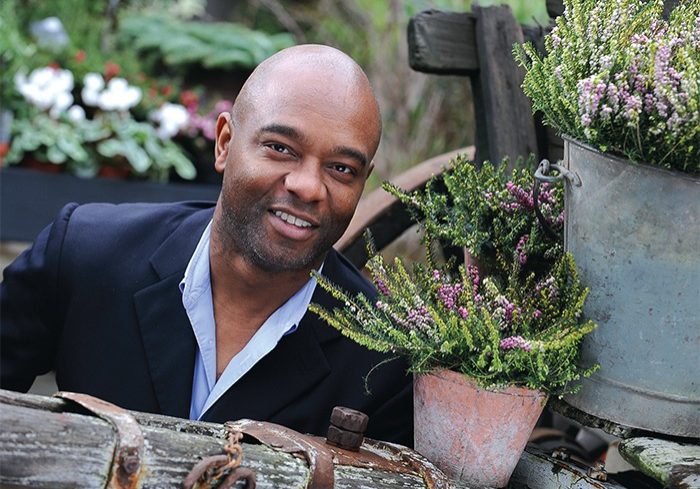
Month For Love
by Northern Life
Great for ground cover, heathers are very hardy, evergreen and need little maintenance so are ideal for the novice gardener.
February is the month of love – so make Valentine’s Day special for your garden as well as your loved one.
Start with some general TLC – tender loving care – so tidy up and carry out an assessment of initial winter damage. There will still be frosts and winter weather ahead but at least you can plan and prepare for the spring waiting to arrive.
A great plant for the garden in February – bringing some much needed colour – is the heather. Plant of the month in garden centres and nurseries around the UK, the heather is part of the Ericaceae family and there are more than 4,000 varieties to choose from.
“Heather is a fantastic plant” says David Lindo, The Urban Birder – broadcaster, writer, talker and bird guider. “It brings glorious pink and purples to a garden brightening up any bed, border or pot and it’s such a versatile plant with different varieties blooming in both winter and summer. It also provides an invaluable food source for wildlife throughout the year with bees attracted to its nectar and smaller creatures taking refuge in the dense close foliage.
It brings glorious pink and purples to a garden brightening up any bed, border or pot.
“Heather is also an extremely important plant in Britain’s moorlands and heaths with 46 species of birds depending on it for feeding and breeding. My favourite bird, the ring ouzel – a type of thrush, is very associated with heather as is the gorgeous Dartford warbler. They, like I, cannot live without it.”
Great for ground cover, heathers are very hardy, evergreen and need little maintenance so are ideal for the novice gardener. They are best planted in beds totally devoted to themselves with plenty of drainage, not under trees, and in a sunny, south facing position. They are also good as path liners, rockery plants and in pots. Apart from the flower colour, heathers have foliage which changes colour throughout the year and are also perfect for pollinators such as bees.
Bees may not be buzzing at the moment but there are signs of spring, with bulbs appearing and birds and wildlife waking up early with lighter mornings.
The garden is coming to life again, and it’s a good time to think about pruning wintered shrubs such as wisteria.
Jobs to do in February
- Prepare vegetable seed beds, and sow some vegetables under cover
- Chit potato tubers
- Protect blossom on apricots, nectarines and peaches
- Net fruit and vegetable crops to keep the birds off
- Prune winter-flowering shrubs that have finished flowering
- Divide bulbs such as snowdrops, and plant those that need planting ‘in the green’
- Prune wisteria
- Prune hardy evergreen hedges and renovate overgrown deciduous hedges
- Prune conservatory climbers
- Cut back deciduous grasses left uncut over the winter




